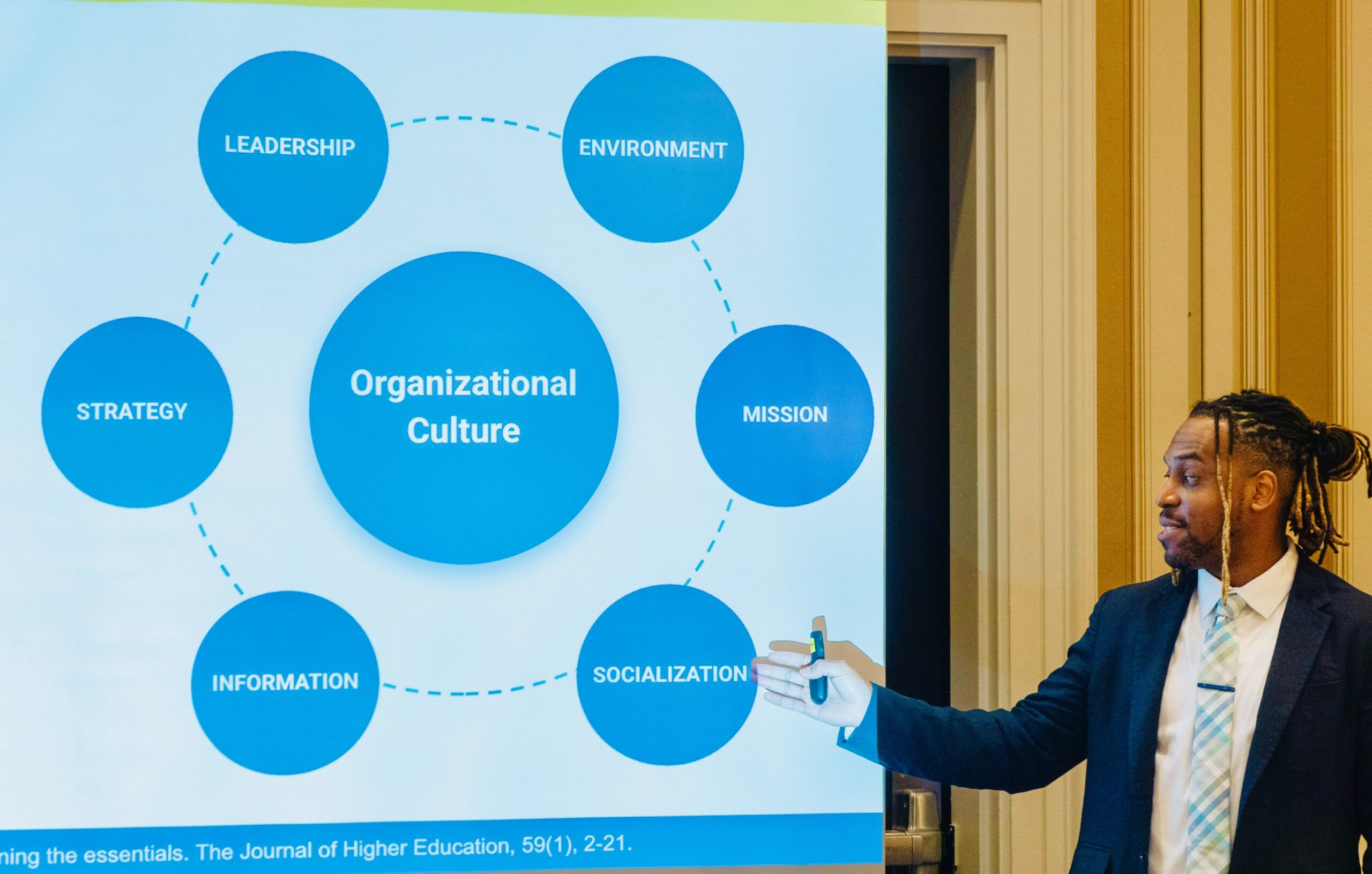By Steve Desir
How educational organizations conceptualize, discuss and implement their commitments to equity has been a contested issue throughout the history of higher education. Scholars such as Ellen Berrey, Eddie Cole and Sarah Ahmed have documented how the language of equity shapes the actions practitioners and institutions take to advance inclusion for groups that have been — and in many ways, continue to be — excluded and marginalized in higher education. Campus programs and services that have broadened access, participation and success in higher education are mission-aligned initiatives that have been shaped by the advocacy of student leaders, faculty and staff.
As a scholar studying equity issues in higher education, I dedicate significant time to exploring these issues in my work with colleagues at the Pullias Center’s Equity in Graduate Education Resource Center. I would like to share some of that work with you, as it may offer valuable insights as you design equity-centered programs and services on your own campus.
In her writings on social justice, bell hooks invites us to consider how we might advance a "paradigm, a practical model for social change that includes an understanding of ways to transform consciousness that are linked to efforts to transform structures." I share this belief and firmly hold that protecting higher education’s commitment to equity and inclusion — especially amid national challenges — requires us to provide scaffolding and support for practitioners as they navigate the discursive spaces that define and operationalize equity in this critical moment. In her book The Enigma of Diversity, Ellen Berrey documents how the rhetorical shift away from racial justice to the educational benefits of diversity shifted the focus of organizations away from challenging and disrupting inequitable policies and practices to programs or initiatives that focused on performative displays of commitments to diversity and inclusion.
Through my work, I have found that one way to transform both consciousness and structures is by creating spaces where faculty and staff can engage in what Estela Bensimon describes as critical inquiry — a reflection process where organizations deconstruct routine policies and practices. This process is designed to uncover the implicit theories, frames and narratives that shape routine work in educational systems. By engaging in this process, organizations can surface and interrogate the beliefs, values and assumptions embedded in their work with the hope of disrupting policies and practices that prevent marginalized groups from actively participating in campus programs and services. One tangible way to achieve this is by deconstructing the language, policies and practices used within our institutions.
In admissions, deconstructing recruitment might look like doing an audit of the feeder patterns of our applicant pools and asking questions about how we might broaden the relationships we have with high schools or undergraduate institutions. In graduate programs, we might surface and interrogate ideas about mentoring in ways that broaden the goal of graduate school away from surviving and to building academic programs where students thrive. In both of these instances, practitioners are asking critical questions such as:
- What is the specific purpose of this process, policy or practice?
- Who does this process, policy or practice serve (historically and presently)?
- Whose experience/needs/social identities does this process, policy or practice center?
- Why was this process, policy or practice constructed in this way?
- How might I transform (change) this process, policy or practice to advance greater equity for students who have been marginalized or excluded in higher education?
As someone working alongside practitioners facing challenges to diversity, equity and inclusion efforts, I recognize that the ways universities, departments and individual faculty and staff answer these questions will define what equity means, why it matters and how it will be operationalized in our daily work. At a time when institutions are revising, redefining and re-articulating their commitments to equity, the language we use to answer these and other critical questions must continue to center those who have been historically excluded. Institutional language, policies and practices shape what we know, what we believe we can discuss, and ultimately, how we understand and respond to the needs of our campus communities. Some reflection questions to consider when revising language or programs might include:
- How does the newly-revised language or program address inequities that the campus is trying to resolve?
- How are we maintaining our commitments to marginalized communities who have partnered with us to create inclusive policies and programs that benefit all students, faculty and staff?
- How have we engaged with or centered the needs of marginalized communities in the redesign process?
- How will we gather feedback about and assess the effectiveness of newly-revised programs and services?
When redesigning student programs and services, the reflection questions above can help assess whether, for example, consolidating student- or faculty-facing diversity, equity and inclusion initiatives within a centralized human resources division aligns with the goal of expanding access, inclusion and success for minoritized groups. While human resources professionals play a vital role in the campus community, their work often emphasizes compliance. Shifting an HR unit’s focus toward faculty, staff and student development can present challenges. To ensure that a redesign effort supports institutional goals, campus leaders should thoughtfully assess potential obstacles and actively involve community members in the redesign process.
In the coming months, my colleagues and I will continue conducting research on the normative influence of professional associations by exploring the communication tools professional society staff utilize to promote equity and inclusion in STEM graduate education. To learn more about this work and other ongoing research projects being conducted by the Equity in Graduate Education Resource Center, please visit equitygraded.org.








